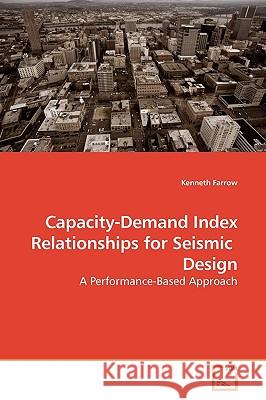Capacity-Demand Index Relationships for Seismic Design » książka
Capacity-Demand Index Relationships for Seismic Design
ISBN-13: 9783639180251 / Angielski / Miękka / 2009 / 296 str.
Seismic design procedures in current building provisions are based on linear and nonlinear static approaches that use capacity-demand index relationships such as the relationship between the lateral strength and the maximum lateral displacement. Previous research on the development of these relationships is based on linear-elastic ground motion acceleration response spectra, whereas the current design procedures are based on "smooth" design response spectra. For the design procedures to be consistent, new capacity-demand index relationships are proposed based on smooth design response spectra from existing design provisions. This book provides procedures that utilize these capacity-demand index relationships for the purpose of producing viable structural designs using performance-based engineering concepts (e.g., inelastic capacity-demand spectra methods). The tools herein summarize the basic understanding of seismic design essential for any practicing structural engineer.
Seismic design procedures in current building provisions are based on linear and nonlinear static approaches that use capacity-demand index relationships such as the relationship between the lateral strength and the maximum lateral displacement. Previous research on the development of these relationships is based on linear-elastic ground motion acceleration response spectra, whereas the current design procedures are based on "smooth" design response spectra. For the design procedures to be consistent, new capacity-demand index relationships are proposed based on smooth design response spectra from existing design provisions. This book provides procedures that utilize these capacity-demand index relationships for the purpose of producing viable structural designs using performance-based engineering concepts (e.g., inelastic capacity-demand spectra methods). The tools herein summarize the basic understanding of seismic design essential for any practicing structural engineer.











